Winter Prep
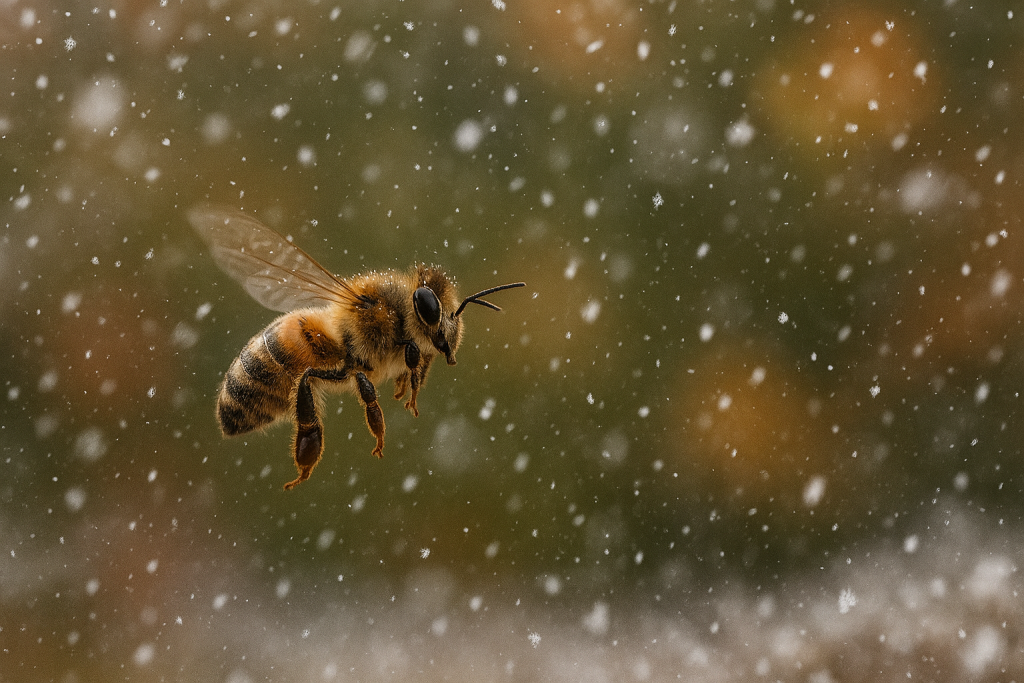
The weather is changing, and you feel that winter is just around the corner so what do you do with your Layens hives? Below I will share what I do for my hives, and hopefully it may give you some ideas for yours. I will also assume you are using an insulated Layens hive but […]
What do Honey Bees want?

It’s interesting to consider that most beekeeper management practices come, as might be expected, from the perspective of the beekeeper. Many questions being asked are answered based on what the beekeeper knows, wants or thinks. I guess that is to be expected as well. I mean, you can’t actually have a discussion with bees, and […]
Extracting Layens Honey Frames
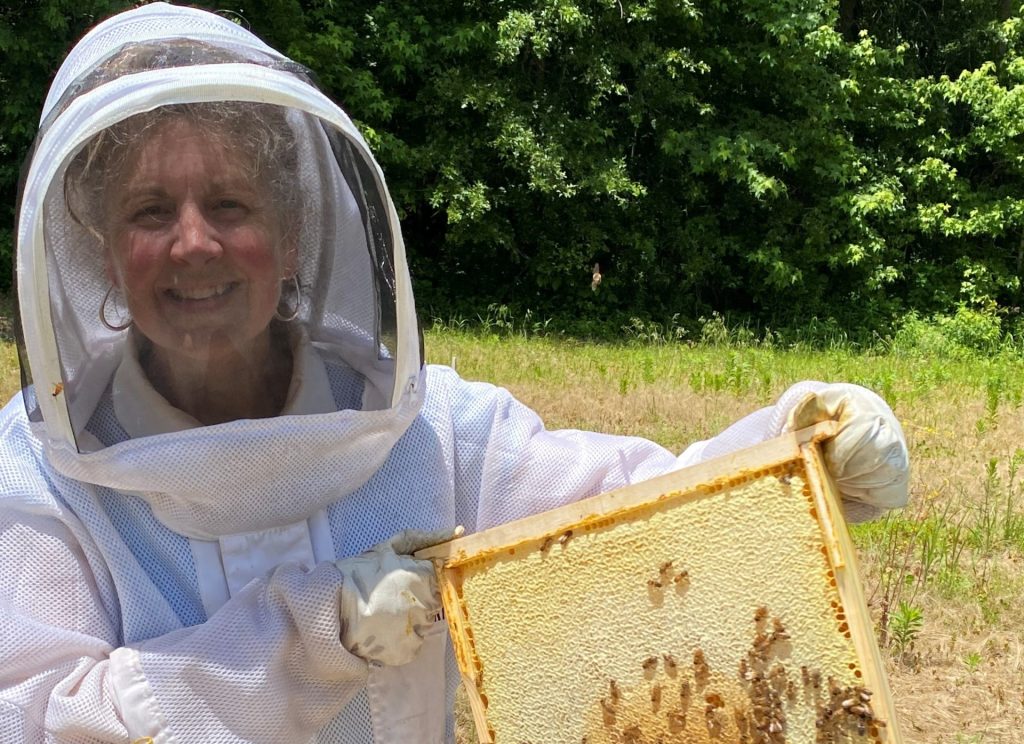
Below is the process that my wife and I (Wild Hives) take to extract our honey each year. Many steps may be familiar given that uncapping and extracting honey from comb has been done for thousands of years by those keeping honey bees, but I hope you may find something new and helpful. Enjoy! Pulling […]
Yes, Hive Insulation Is Good Year-Round – A Deeper Dive

Introduction The honeybee (Apis mellifera) displays advanced regulation of the nest climate, in summer as well as in winter. Thermal homeostasis (thermoregulation) of the colony is especially important for the brood, because honeybee larvae and pupae are extremely stenothermic (surviving only within a narrow temperature range). A brood nest temperature of 93–95 °F/32-36 °C guarantees […]
How to Safely Make Frame Shoulders
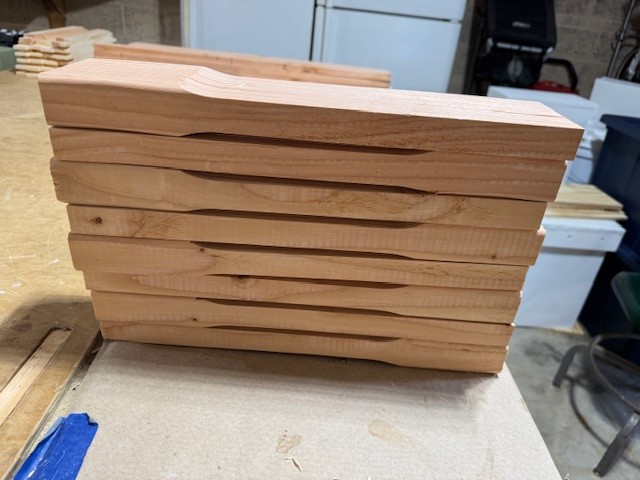
So, you’re a DIYer, Maker, Woodworker, or just someone with a few tools in your garage or basement and you want to create those smooth shoulder cuts on the frame side rails that you see with purchased frames. How do I make those cuts and try to protect my fingers? How do I make the […]
Is Moisture Normal…In a Hive?
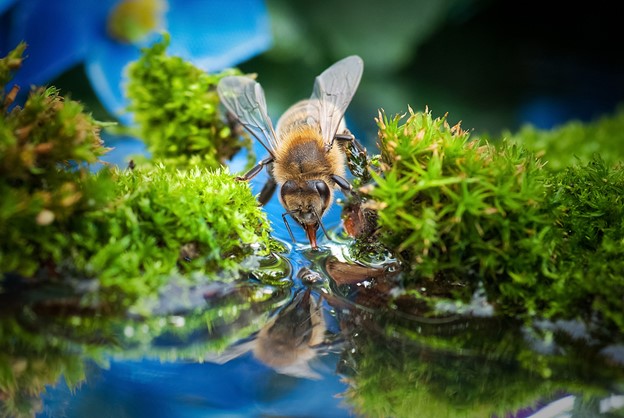
Introduction Water plays a critical role in honeybee biology and overall health. Honeybees rely on water for various purposes, from maintaining their internal temperature to diluting food sources and supporting the growth of their brood. In regulating the internal temperature of the hive, honeybees use water to cool down the hive by using evaporative cooling […]
Thermal Energy Efficiency and Honey Desiccation

Energy-Intensive Process Honey ripening or desiccation of nectar to produce honey by honeybees is an energy-intensive process, as it involves a change in the concentration of sugars in the nectar from typically 20 to 80% by vaporization and its modification by the secretion of enzymes. After collection from numerous flowers, sometimes at the considerable distance […]
Langstroth’s “Intelligent Cultivator” Part 7 of 7 – Helping Honey Bees Thrive
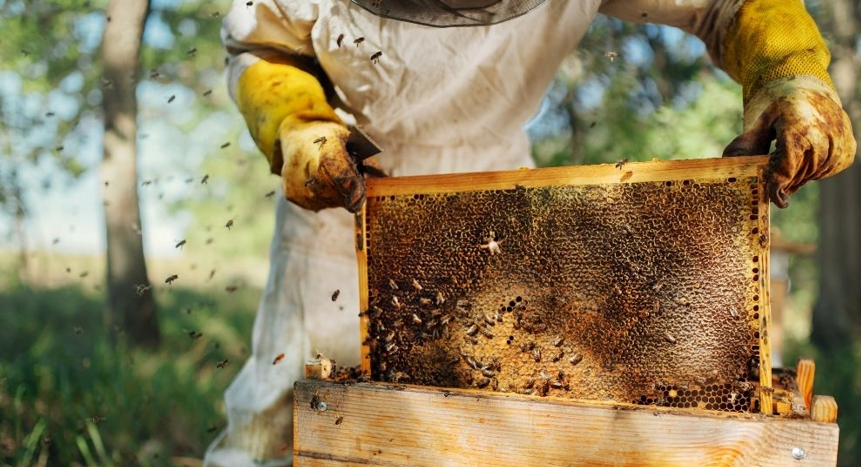
What will you do to help honeybees thrive? During the last decades, the beekeeping industry has seen very few changes and improvements on the widely used Langstroth wooden hive. The recent development of new insulation materials with higher proprieties compared to wood could provide better alternatives for the beekeeping industry. For example, a study of […]
Langstroth’s “Intelligent Cultivator” Part 6 of 7 – Humidity and Varroa Mortality
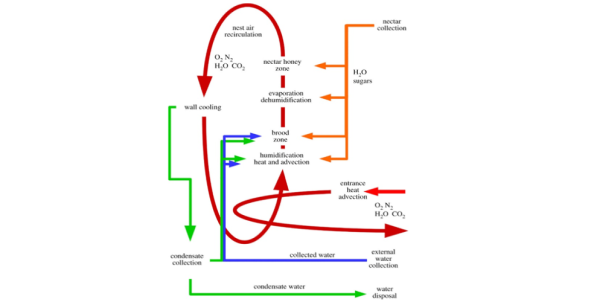
Humidity Regulation and Varroa Destructor Mortality The thermofluid physics in the production and removal of water vapor binds the behaviors of the honeybee colony. Honeybees must produce and dispose of considerable quantities of water vapor to convert nectar into honey. This is typically 4 to 7 times the weight of the honey and as warm […]
Langstroth’s “Intelligent Cultivator” Part 5 of 7 – Summer Heat
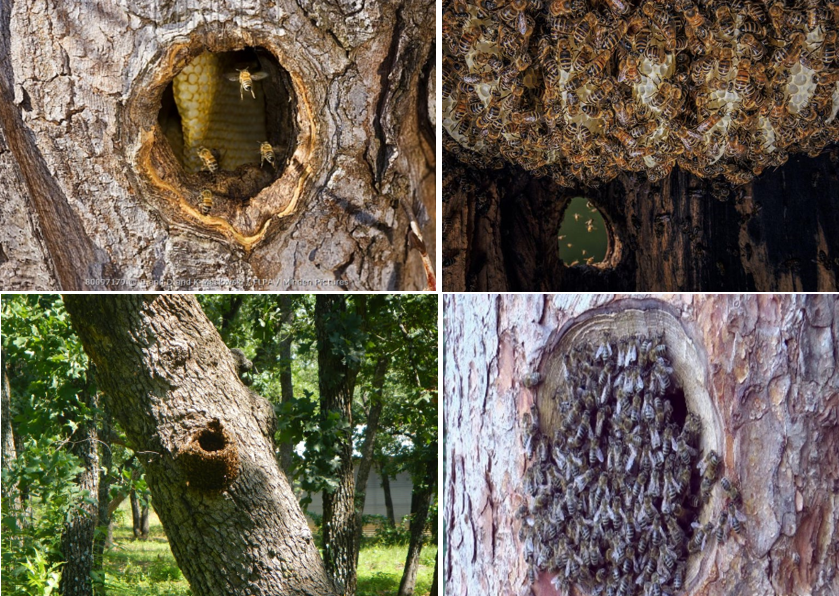
Summer Heat The worldwide distribution of honeybees and their fast propagation to new areas rests on their ability to keep up optimal ‘tropical conditions’ in their brood nest both in the cold and in the heat to achieve thermal constancy of 34–36°C/93–97°C. Honeybee colonies behave like ‘superorganisms’ where individuals work together to promote reproduction of […]